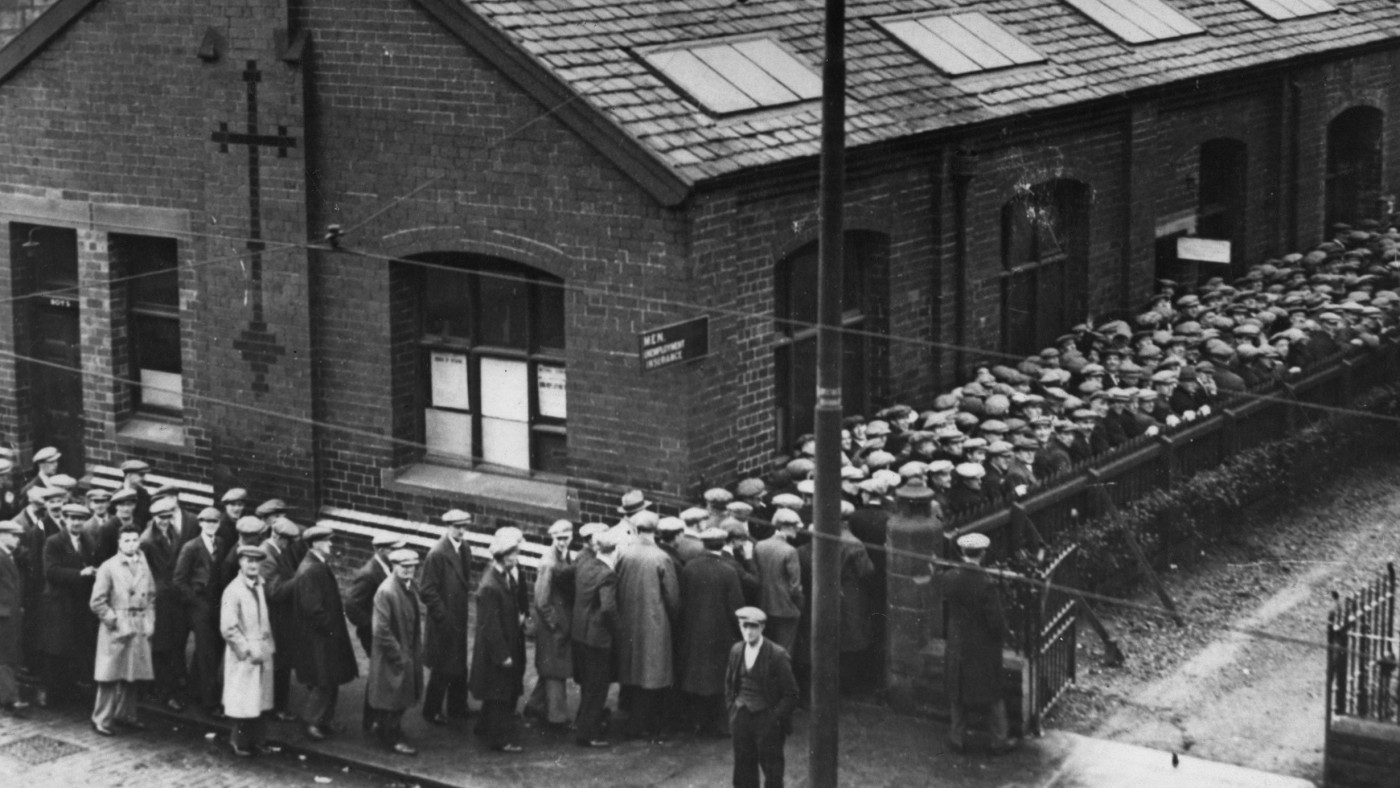The Great Depression occurred close to a century ago. Yet, this cataclysmic event still haunts our collective consciousness. It is seen as the major failure of the free-market model, where entire communities lost their jobs and were forced to rely on handouts. In the wake of the Great Depression various anti-capitalist ideologies, including both communism and national socialism, gained massive popularity. In response to this crises, Franklin D. Roosevelt launched The New Deal, through which state involvement in the economy increased dramatically. Still today many believe that the US economy would not have recovered were it not for the increased state action and the birth of the modern American welfare state. Surely, the same can be said about the Nordic countries – the shining examples for welfare state policies? What most people forget is that the Nordic nations had a small government and free-market approach to the Great Depression, which proved uniquely successful.
The trade-dependent Nordic societies were initially strongly influenced by the Great Depression, and also by the trade barriers other nations put up in a misguided effort to protect their economies from the downturn. From 1930 to 1933, the number of job opportunities available in Sweden for example decreased by 170,000 – one sixteenth of all jobs in the economy were lost. The crisis could have been severe, especially since it occurred at the same time as many young Swedes were entering the labour force. But the Great Depression was short-lived in Sweden. Job creation soon outpaced job destruction in the dynamic economy. As shown in the figure blow, more Swedes were working in 1935 than before the crisis.

The dramatic recovery was made possible by new innovative businesses. During the crisis years, Nohab Flight engines (today known as Volvo Aero), was born. Shortly after the crisis, Securitas and SAAB were founded. A new method for creating paper pulp was invented, leading to the creation of Sunds Defibrator (today Metso Paper, a leading developer of paper industry equipment). Still today, Sweden continues to rely heavily on businesses started during or shortly after the Great Depression.
The Great Depression hit the world during a time when Nordic countries were combining the Nordic culture of success with free market systems and small public sectors (taxes amounted to only 10 per cent of the Swedish economy in 1930). This can explain why the countries grew through new enterprises. Norwegian economist Ola Honningdal Grytten has written a paper with the telling title “Why was the Great Depression not so Great in the Nordic Countries?”. There he explains: “During the years of depression, entrepreneurs had to come up with new innovations in order to survive. New technology was utilised in the manufacturing industry. Production became more efficient and was better matched with the actual demand. Nordic manufacturing industry was by this able to operate at larger markets. In addition, cost efficient production gave competitive advantage to Nordic companies. Thus, exports increased and import substitution took place.” So, whilst the US was busy dealing with the Great Depression through a massive expansion of the state, Nordic nations were experiencing a free-market recovery.
Grytten notes that the four Nordic nations faced a significant decrease in GDP and a corresponding increase in unemployment during the Great Depression. “However, the crisis was milder and shorter than in most other Western economies at the time, i.e. GDP and prices fell less and the recovery was faster.” He concludes that the labour supply of the Nordic nations rose at the same time as the depression reduced available jobs. Therefore a rise in total unemployment was observed. But this was lower than the average of other industrialised countries. One explanation is that Nordic countries had experienced previous crises, which might have made them more fit to deal with a new one. Another explanation is that they at the time had economic policies based on low taxes and liberal regulations, which encouraged entrepreneurship and job growth.

We can contrast the Great Depression with another crisis that occurred in Sweden during the 1990s. At this point, the Swedish economy was hit by a banking crises. At a time when unemployment was falling in many other countries, it rose rapidly in Sweden. Employment fell by twelve per cent between 1990 and 1993. Even when the country returned to economic growth, the employment rate rose slowly. In fact, it took until 2008 until it had reached the pre-1990 level – ironically, the same year that a major global crisis hit the world.
Sweden’s employment rate actually fell by 0.4 per cent annually between 1992 and 2003. A McKinsey report discussed the paradox of why such a development could occur in a time when the country was experiencing strong growth. The report reaches the conclusion that a poor policy environment has been hindering development: “Labor market barriers are the main reason for the private service sector’s failure to create new jobs. High taxes on employment raise the cost of labour for all employers and make low value-added services – undertaken, for instance, by restaurants, retailers, cleaning firms, and builders – very expensive.”
To sum up, the Nordic countries were uniquely well adapted to dealing with the Great Depression when they had small government policies and relied on entrepreneurship to create new job opportunities. This is not only a contrast to the statist approach that likely prolonged the crises in the US and other Western economies, but also to the inability of the Swedish economy to create jobs after the much milder crises that hit the nation in the 1990s – when labour market barriers and high taxes hindered employment growth. It is certainly true that crises such as the Great Depression can occur in capitalist systems. Equally important, public sector programs can play a key role in helping those who lose their jobs by providing social safety nets. But as the Nordic experience teaches us, relying on free markets seems to be the best way to promote a recovery.


